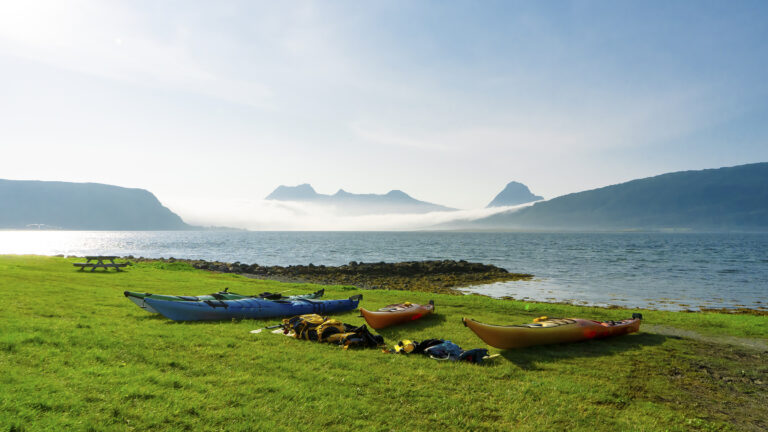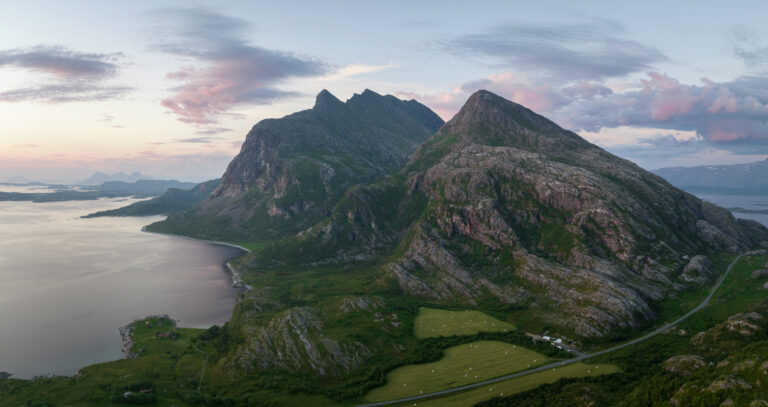Vega world heritage
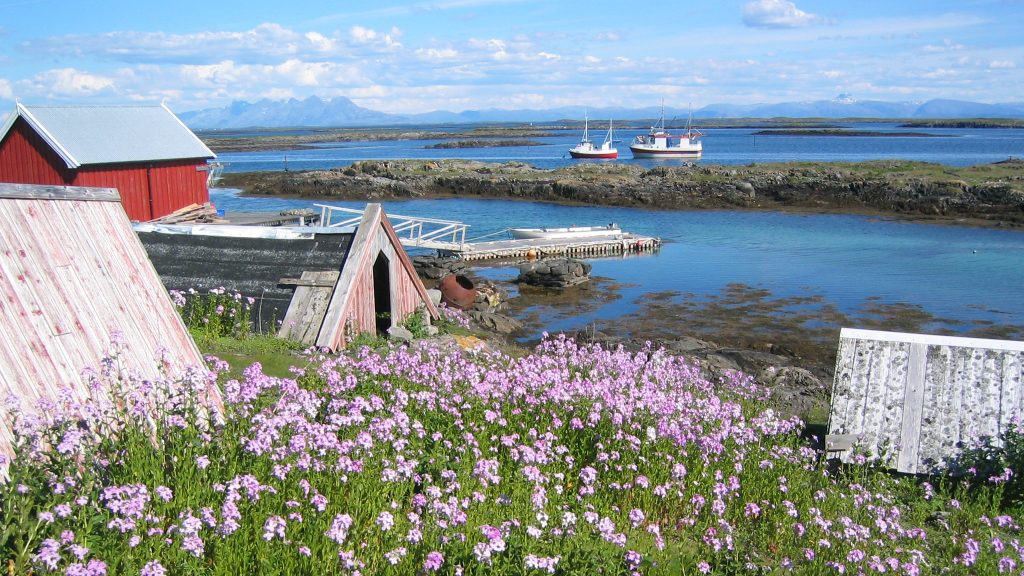 Sølvi Kristoffersen
Sølvi Kristoffersen
The cultural tradition of the Vega archipelago reflects a unique interaction between people and nature – and it is the reason UNESCO listed these islands as a World Heritage Site. Consider a visit and you can experience this unique heritage yourself
Why the status as a UNESCO World Heritage Site?
The Vega archipelago received its UNESCO World Heritage status in 2004, in recognition of the islanders’ unique role as guardians of the eider ducks that nest here. In addition the islanders are fishermen-farmers. Theirs is a unique cultural tradition and a sustainable way of life that dates back at least 1500 years.
Birdwatchers and luxurious down
For more than a thousand years, the islanders have built small shelters for the eider ducks that return every year to nest on these islands. The brooding ducks place their own down, which is exceptionally warm, on their eggs. Once the hatchlings have left the nests, human bird guardians collect the down and use it to make the world’s most treasured duvets. These expensive duvets were sold to nobles, kings, princes, and other wealthy discerning customers, providing an important income for the people of Vega. Even today, the King and Queen of Norway sleep comfortably under warm duvets made of eider down from Vega.
If you want such a luxurious duvet for your own, you will have to be patient as there are lots of eager people waiting for them. Fortunately, already now, you can buy down-filled mittens and socks at Lånan, the largest Eider Duck nesting site in the Vega archipelago.
Insights to the World Heritage
The Vega World Heritage Centre documents the islands’ unique culture heritage. You can gain further insights into the work of the bird guardians by visiting them at Lånan.
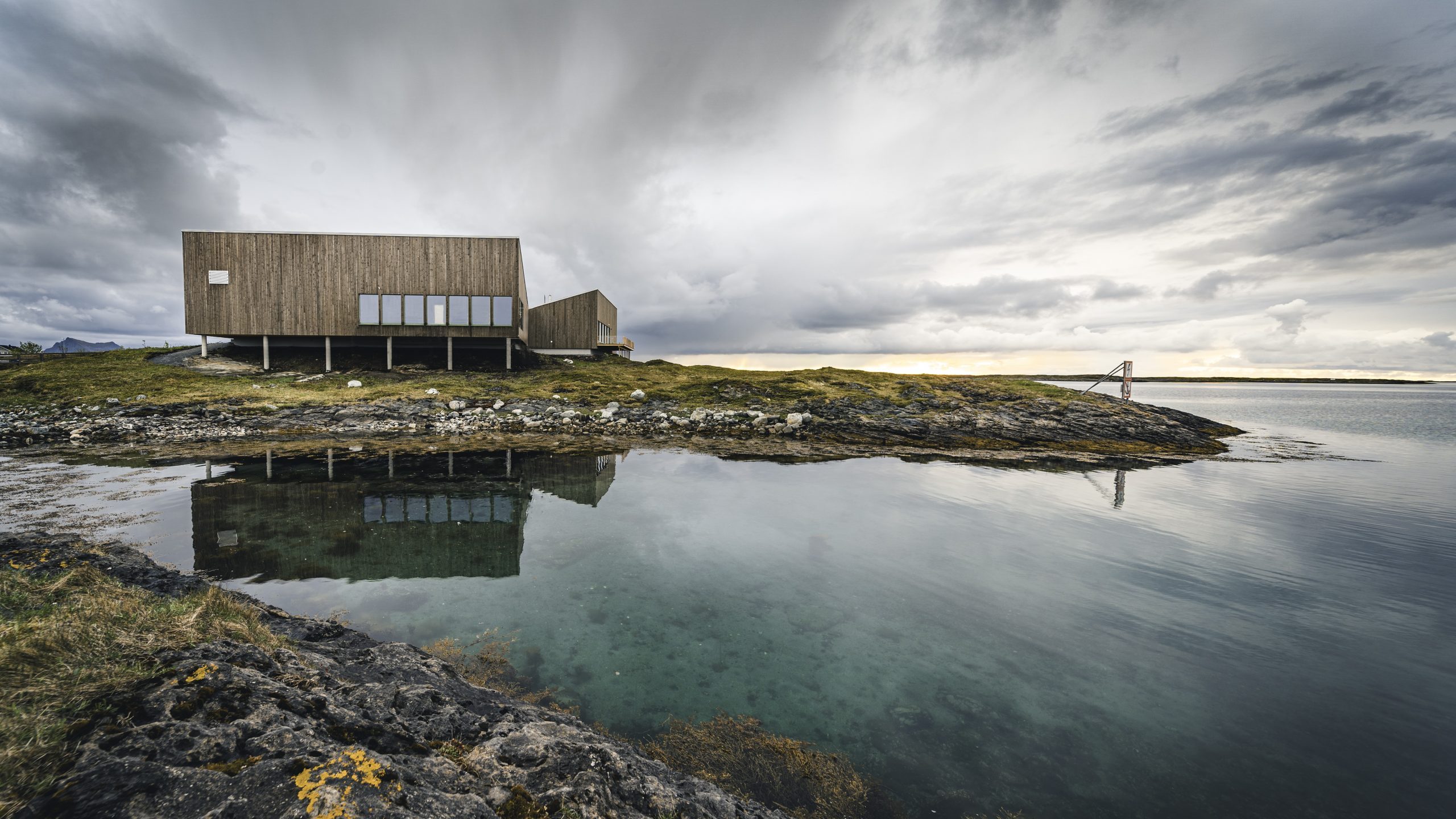
Vega World Heritage Center
The Vega World Heritage Centre, which is beautifully located at Gardsøy, documents the history and culture of the Vega islanders. Here you can gain fascinating insights into the lives of these fishermen-farmers, and about their centuries-old local tradition of protecting the eider ducks who come to nest here – a tradition that led to Vega being granted UNESCO’s World Heritage status.
Read more & book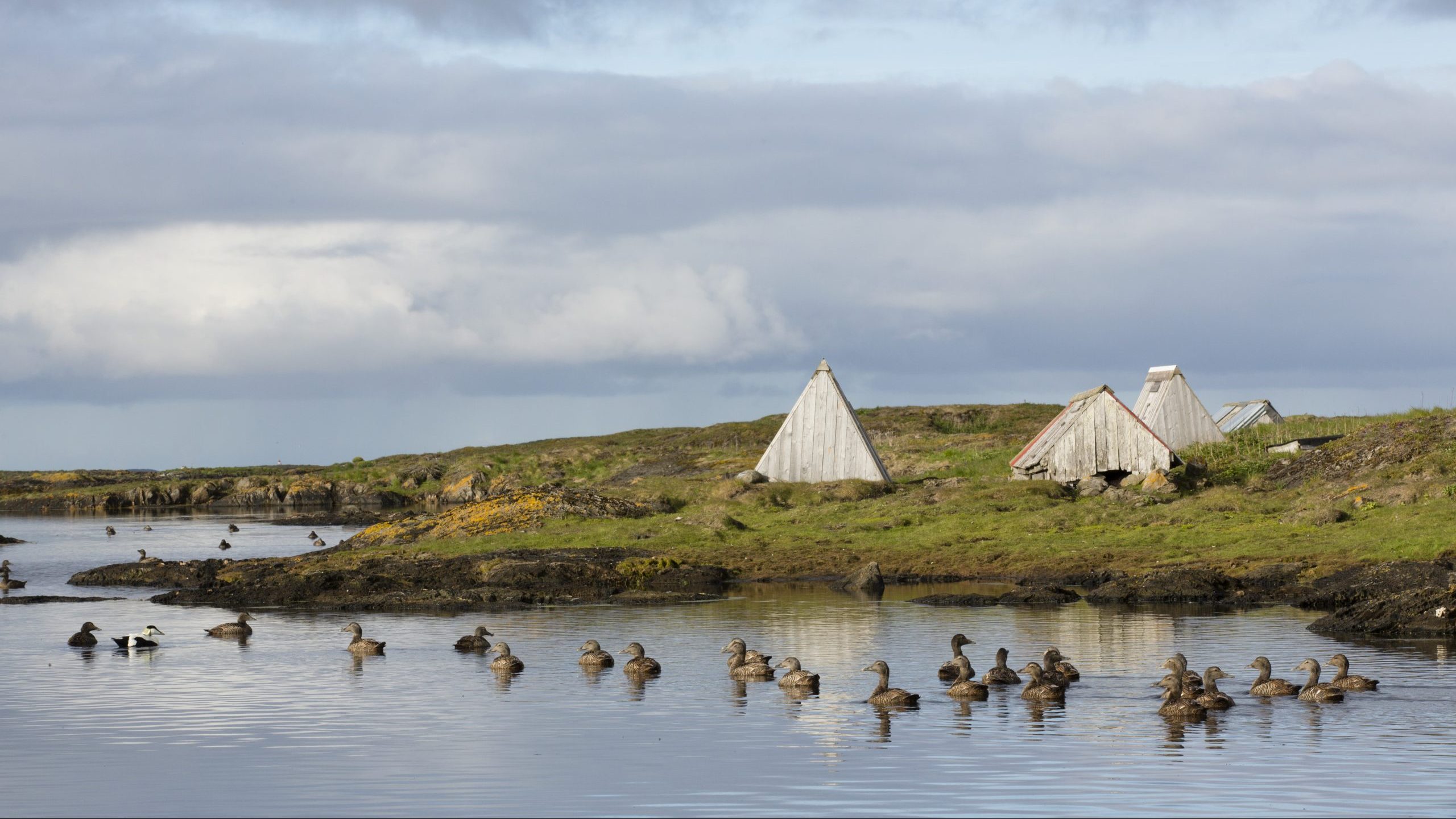
Eider ducks, luxurious down and the bird guardians of Lånan
The largest eider duck nesting site on the Helgeland coast is situated in the Vega World Heritage area. You can join us on a visit to the island of Lånan, where the nesting eider ducks and their bird guardians have a trusting and mutually beneficial relationship.
Read more & bookBe considerate of the wildlife and nature
We do our utmost to preserve our heritage and ask visitors to be mindful of the archipelago’s birdlife and natural scenery. Visitors who arrive in their own boats are asked to be especially considerate during the nesting season, from 15 April to 31 July. All boats must maintain a low speed in the straits between the islands and close to the shore.
The birdlife and other wildlife is protected, as are the nesting sites – and it is vital that they never be disturbed. Never approach the nests, regardless of whether adult birds are brooding on them. During the nesting season, dogs are not allowed on shore at the nesting sites. Elsewhere, all dogs must be leashed between 1 April and 1 October.
Thank you for helping us preserve the unique cultural heritage of the Vega archipelago!
